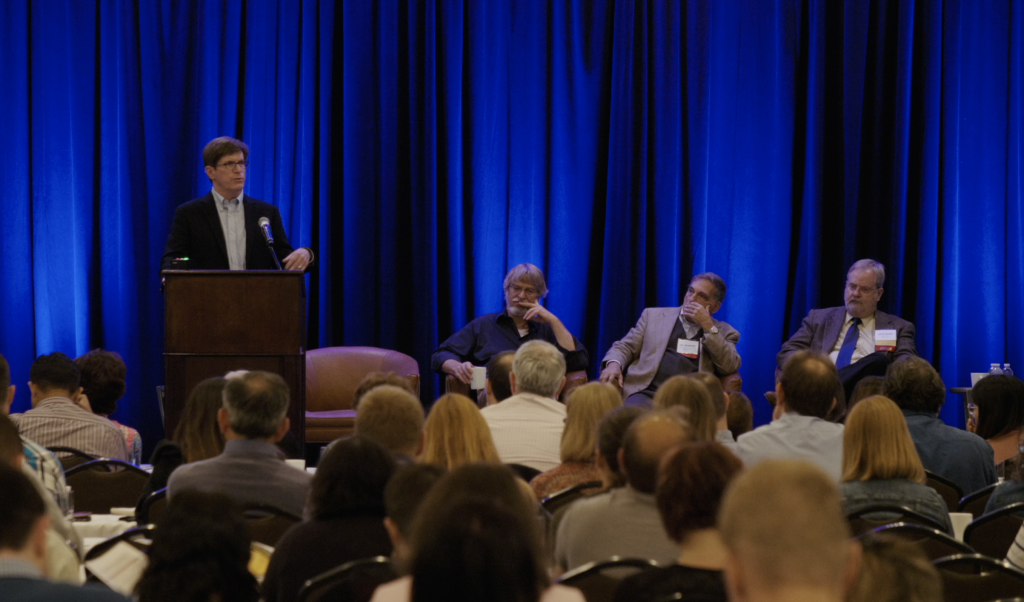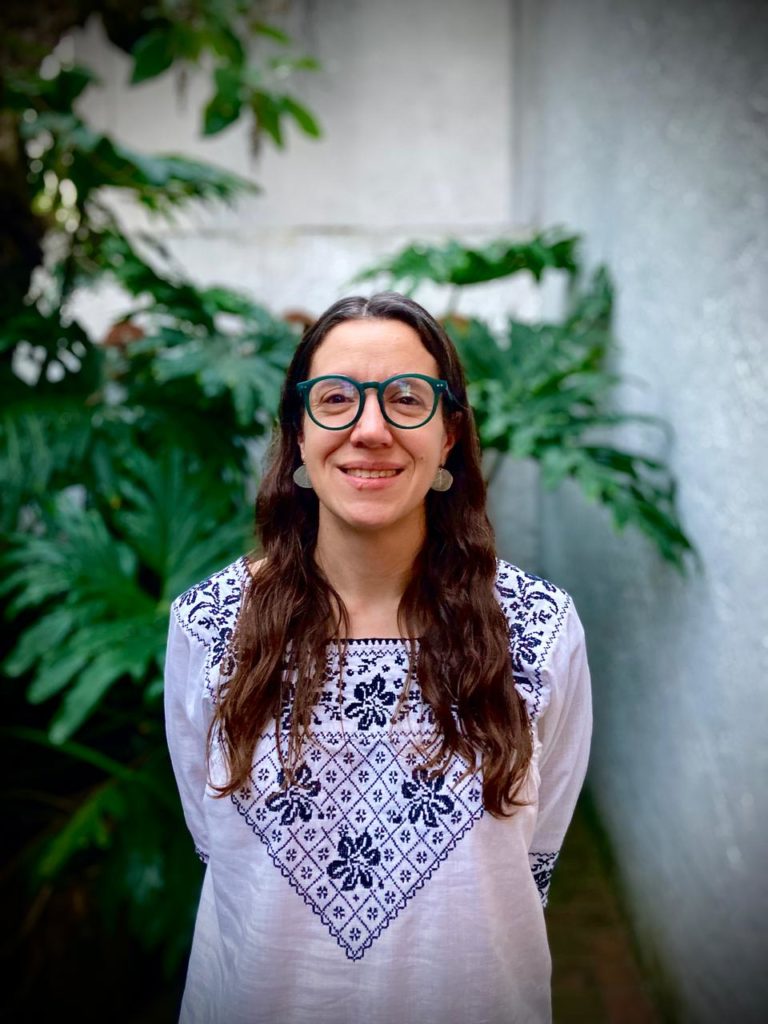One of FARF’s guiding principles is to gather the best researchers and clinicians in the FA community every year to share updates in research and care. In late 2018, we held the 30th Fanconi Anemia Scientific Symposium in Newport Beach, CA. Forty-six presenters gave talks and a record 60 people presented posters. Presentations addressed a number of topics relevant to the understanding or treatment of Fanconi anemia. Topics included rare disease drug development, the FA pathway, gene editing and gene therapy, hematopoietic stem cell biology, and an entire day of cancer in FA. Here are the main takeaways from the sessions.
Cancer in FA:
- Early detection using brush biopsy can detect the development of cancer. Detection and prevention measures are not enough to combat the prevalence of HNSCC tumors, even in the general population. Treatments also need to be developed.
- Currently, surgery is the best option for treating solid tumors in FA patients, but radiation therapy can be used in some cases. Certain people are more sensitive to radiation, so this kind of therapy has to be evaluated on an individual basis. When an FA patient does have a tumor, the earlier the surgery is performed, the better the outcome.
- There is a higher risk of cancer in FA patients who have had graft-versus-host disease (GvHD).
- Next generation sequencing will be necessary to identify genomic signatures (changes in genes) of FA patients and will enable us to define which drugs can be used for precision medicine. There are currently several potential FA cancer drugs that are in pre-clinical testing.
- Preclinical models of FA squamous cell carcinoma will help identify pathways and mechanisms that can be targeted clinically.
- Heterozygote carriers of most mutated FA genes do not have an increased risk of cancer.
- Researchers are looking at changes in chromosomes in tumors. Changes in chromosomes can lead to having genes in the wrong place, which can increase the chance of getting cancer.

New Approaches to Stell Cell Transplantation
- FA individuals undergoing bone marrow transplant are typically given radiation and/or chemotherapy to eliminate the host bone marrow, in order to make space for healthy donor marrow. These conditioning agents damage DNA, and are believed to increase the later risk of cancer.
- A new method, using antibodies to eliminate the patient’s marrow and defective stem cells, could be much safer, and is now under investigation at Stanford University. If preliminary studies validate the use of this method, Stanford plans to initiate a clinical trial in the near future.
Improving Hematopoiesis
- The FA pathway is necessary for DNA repair. People with FA do not have a functional FA pathway, because a crucial gene in this pathway has mutations that prevent it from functioning normally.
- Researchers are investigating whether blocking or activating non-FA proteins could reduce some of the detrimental effects of FA.
- Researchers are conducting preclinical tests of targeted inhibitors to determine if they can improve stem cell growth.
Read more about the FA pathway
FA Gene Therapy
- Gene therapists in Spain have treated eight FA patients in the FA-A complementation group over the past three years. Four individuals are now post-therapy long enough to be evaluated, and all four show a progressive increase in the percentage of corrected cells, both in the peripheral blood and in the bone marrow. Patients have experienced no severe adverse effects.
- Because of the encouraging results from the Spanish gene therapy trial, Rocket Pharmaceuticals, Inc. is now launching new clinical trials in both Spain and at Stanford University. Early progenitor cells from the patient will be transduced and infused immediately after collection with no prior cryopreservation, in an effort to obtain the largest number of cells possible. Stanford has recently transplanted two FA patients using this new methodology. It is too early to know the success of this approach.
Gene Discovery
- Scientists from the University of Wurtzburg, Germany, the National Institute on Aging and the University of Miami announced the discovery of the 23rdFA gene, FANCY. To date, only one individual has been placed in this complementation group.
Gene Therapy by Gene Editing
- CRISPR-Cas9 is a unique technology that enables researchers to edit parts of the genome by removing, adding or altering sections of the DNA sequence. An enzyme called Cas9 acts as a pair of “molecular scissors” that can cut the two strands of DNA at a specific location so that bits of DNA can be added or removed. A piece of RNA called guide RNA makes sure that the DNA is cut in just the right place. Scientists are very hopeful that this system of gene editing can be used to correct genetic diseases.
- Preliminary data shows that this precise method of gene editing depends on a functional FA pathway for success. The doubled stranded cut in DNA needs to be repaired, and FA genes are crucial in achieving this repair. Our FA scientists are now exploring possible methods to compensate for this problem.




